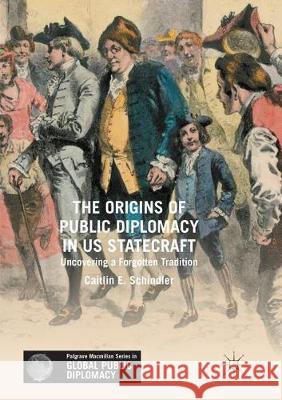The Origins of Public Diplomacy in Us Statecraft: Uncovering a Forgotten Tradition » książka
topmenu
The Origins of Public Diplomacy in Us Statecraft: Uncovering a Forgotten Tradition
ISBN-13: 9783319861210 / Angielski / Miękka / 2018 / 325 str.
The Origins of Public Diplomacy in Us Statecraft: Uncovering a Forgotten Tradition
ISBN-13: 9783319861210 / Angielski / Miękka / 2018 / 325 str.
cena 362,27
(netto: 345,02 VAT: 5%)
Najniższa cena z 30 dni: 346,96
(netto: 345,02 VAT: 5%)
Najniższa cena z 30 dni: 346,96
Termin realizacji zamówienia:
ok. 22 dni roboczych
Bez gwarancji dostawy przed świętami
ok. 22 dni roboczych
Bez gwarancji dostawy przed świętami
Darmowa dostawa!
Kategorie BISAC:
Wydawca:
Palgrave MacMillan
Seria wydawnicza:
Język:
Angielski
ISBN-13:
9783319861210
Rok wydania:
2018
Wydanie:
Softcover Repri
Ilość stron:
325
Oprawa:
Miękka
Wolumenów:
01











